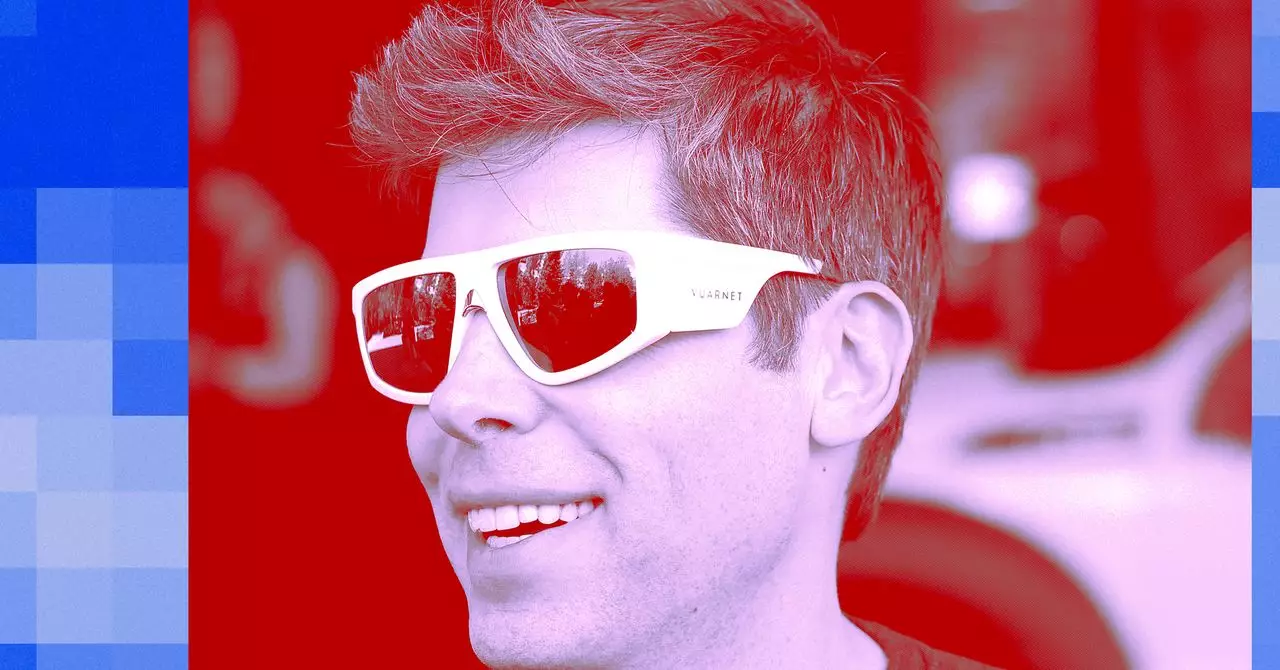In the rapidly evolving world of artificial intelligence, few contractual agreements have captured as much attention as *The Clause*. Initially flying under the radar, this legal arrangement holds the key to the future development and control of Artificial General Intelligence (AGI). As one delves deeper into the implications of this clause, it becomes evident that it is not just a corporate maneuver—it’s a strategic battleground that could determine the very direction of human civilization’s technological evolution.
At the core of The Clause lies a high-stakes gamble: what happens when AI reaches a point of autonomous superiority? The agreement between Microsoft and OpenAI echoes a silent yet profound acknowledgment of the transformative potential of AGI, while simultaneously revealing a cautious strategy to exert influence over this powerful technology. Unlike traditional contracts focused on profit margins or intellectual property, The Clause embeds a hypothetical future—one where breakthrough AI might render current models obsolete and shift control away from commercial interests to possibly broader societal concerns.
This arrangement underscores a powerful truth: in the realm of cutting-edge AI, control isn’t just about current capabilities but about reigning in future, unpredictable breakthroughs. The Clause effectively acts as a safeguard—either to extend collaboration or to prevent monopolization of AGI, depending on how the legal and strategic negotiations unfold. But beyond the legalese, the deeper narrative revolves around fears—fear of loss of control, of unanticipated consequences, and of an AI revolution that could disrupt the very fabric of human governance.
Deconstructing the Mechanics of The Clause
The design of The Clause reveals a complex dance of conditions and contingencies, each reflecting underlying anxieties and ambitions. The contract stipulates that if OpenAI’s models reach what it defines as AGI—an autonomous system that outperforms humans in most valuable work—the current partnership with Microsoft would terminate. This is not a mere technical milestone; it’s a legal and strategic reset.
What makes this clause truly intriguing is the vagueness surrounding its definitions. OpenAI’s charter describes AGI as “a highly autonomous system that outperforms humans,” but leaves room for interpretation. The concept of *sufficient* AGI further complicates matters—are we talking about a machine that merely performs better in specific tasks, or one that fundamentally surpasses human intelligence? The ambiguity is deliberate, allowing both parties to maneuver diplomatically depending on what future developments reveal.
Moreover, the clause introduces financial thresholds, with a profit benchmark of an eye-watering $100 billion. This isn’t just about creating advanced AI; it emphasizes the monetary allure of AGI. Achieving such profits would signify a technological breakthrough delivering unprecedented value, raising questions about whether profits can ever be truly separated from the development process. The clause cleverly ties the legal rights of AI models to their economic potential, aligning corporate interests with the broader race for AI supremacy.
In essence, the clause provides OpenAI with the power to withhold AGI models from Microsoft if it deems the technology achieves this threshold, effectively creating a regulatory veto. This autonomy hints at a future where AI development could become less about open innovation and more about strategic gatekeeping, with each side negotiating over what constitutes “sufficient” progress.
The Broader Implications: Power, Control, and Ethical Dilemmas
More than a technical legal arrangement, The Clause is an incisive reflection of the power dynamics shaping AI’s future. It exposes the deep philosophical and ethical dilemmas embedded within corporate ambitions. Who truly controls these emerging superintelligences? If true AGI emerges, the institutions that held the initial reins—be it corporations, governments, or a hybrid—will likely face questions of accountability, safety, and morality.
The clause’s clauses—allowing OpenAI to deny access to Microsoft and potentially push out existing models—also suggest a looming schism. If AI systems become sufficiently autonomous, the race could evolve into a form of technological brinkmanship. The bigger question centers on whether corporate interests will dominate or if a collective approach is possible to harness AGI for broader human benefit.
Furthermore, The Clause reveals a fundamental truth about the commercialization of AI: the pursuit of profit may inherently conflict with societal welfare. As AI models approach or surpass human intelligence, the incentives for each stakeholder shift dramatically. Will corporations prioritize short-term gains over long-term safety? The ambiguity and flexibility built into The Clause make it a powerful tool for negotiation but also pose the risk of reckless development fueled by greed and competition.
The ongoing renegotiation of The Clause hints at unresolved tensions—perhaps even simmering fears—that the initial terms might be insufficient to manage the power of AGI. As conversations unfold behind closed doors, it becomes clearer that these negotiations are about more than legal language—they are about defining who will ultimately wield control over technologies that could reshape the world.
—
The dynamics of The Clause expose a larger narrative: in the race toward superintelligence, control is the ultimate prize. Whether through legal safeguards, profit benchmarks, or strategic negotiations, powerful players are crafting protocols that could influence not just technological progress but the very fabric of future society. As AGI remains an elusive horizon, the real story unfolds in the battles over its future governance—battles fought in boardrooms, laboratories, and, ultimately, within the fabric of human values.

